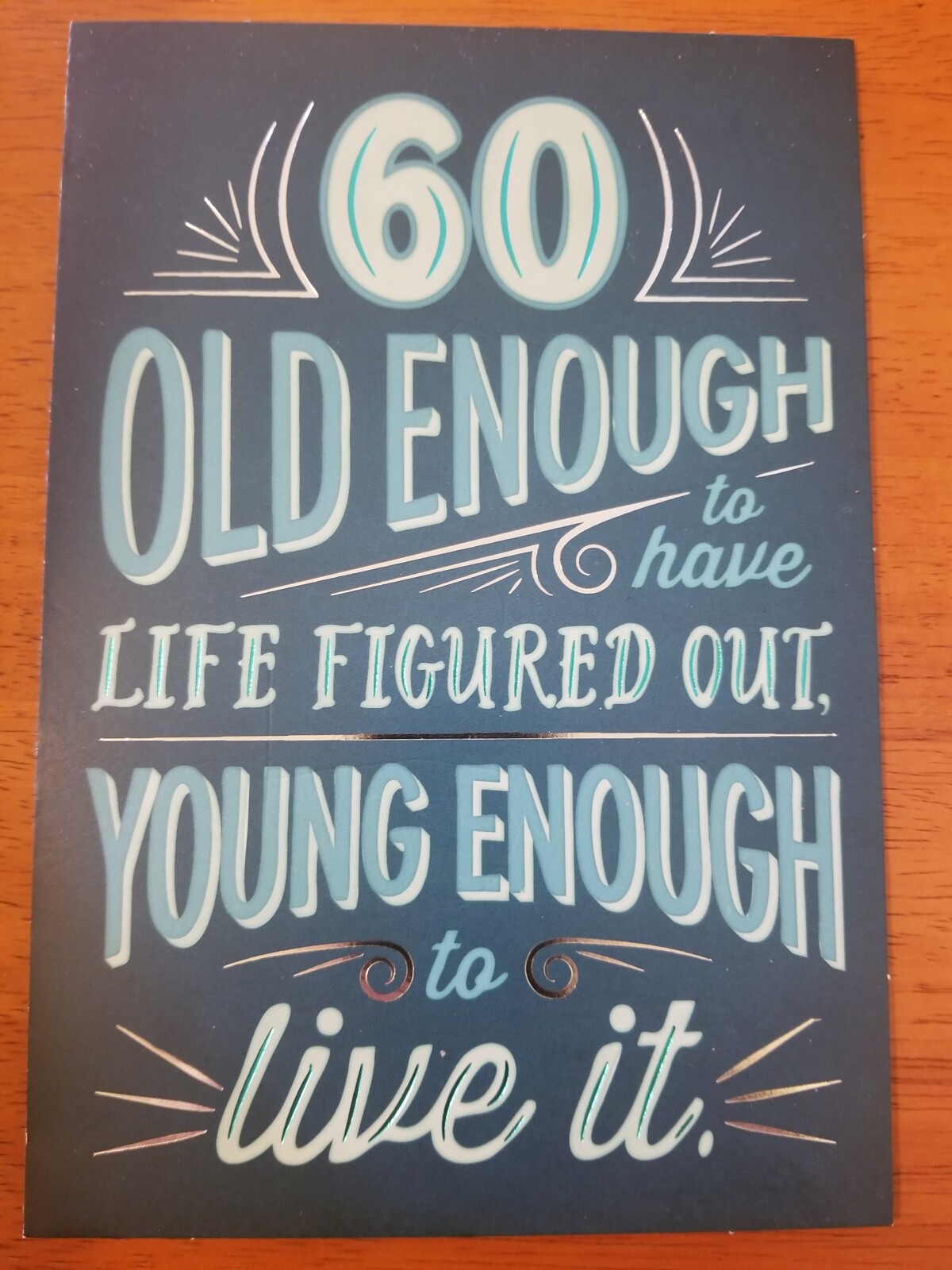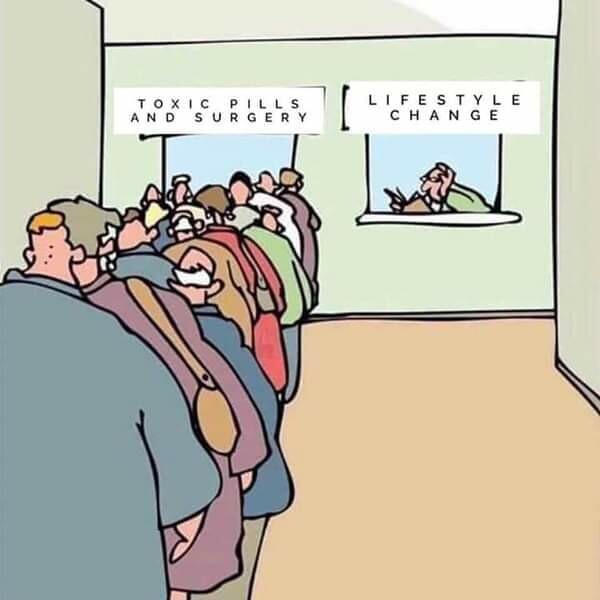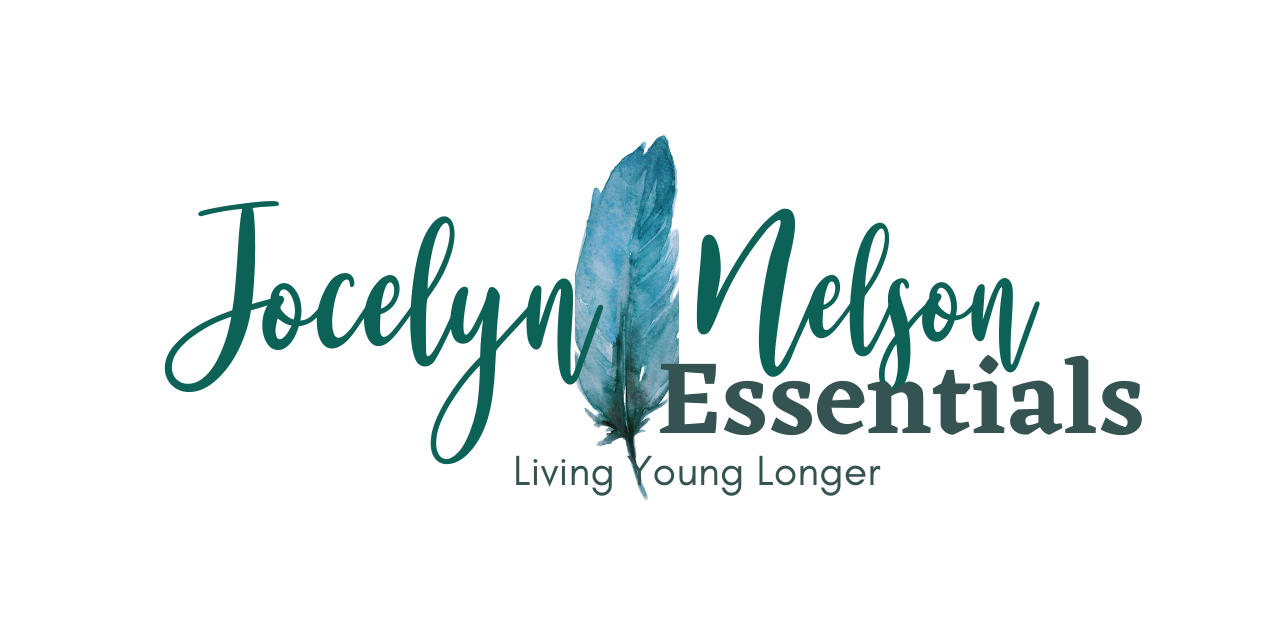

After 30+ years in healthcare, I felt like a hypocrite. I knew better. I was overweight. I was not active, at all. I was having more and more pain and I was having fairly extreme mood swings (Getting older is great, right?). I just wasn’t doing the things I had enjoyed in the past. And getting older really frightened me.
About that time, I was introduced to a new way of thinking. In my heart I knew that we have a lot of influence in our health and how we feel. I just wasn’t acting on it. I began to look at the lifestyle I was living. I became more aware of the natural alternatives including what I ate, products I used, and what I was “treating” myself with. We started switching out the old for the new and more natural.
It’s been a process but it has been a game changer for us. I feel back in control of my health, physically and mentally. I realize I have the option of turning to a natural choice first, whether it is for cleaning, laundry, personal care, health support, or even skin care. The feeling of "I've got this" when I look at my stash of natural products. My husband and I have been able to eliminate almost all of the toxic chemicals in our home. I still fully believe there is a place for conventional medicine and of course we still need many of the products on the market. But it just makes sense to me to try something more natural first. It’s hard to quantify feeling better all the way around. But it’s true….we do.
So are you ready to take ownership of your health? I can promise you it is empowering and can be a game changer for you as well. I’m convinced that it’s never too late. Let’s do this. And let’s do it together!
We are very diligent about our protection of earth and its citizens. We hold the highest standards for our essential oil production process, bringing the world the finest products available. From the seed of the plant to the seal on the bottle, our high standards are integral with who we are.
Tarragon, Peppermint, Fennel, and other 100% pure essential oils blend together to provide a digestive lift.
Lemon essential oil can add a delightful, fresh flavor to many recipes. Start with one drop instead of adding lemon zest or lemon juice to a dish.
This blend has a rustic, grounding aroma to help encourage a positive attitude.
Support a healthy immune system. Add a drop of this blend to your coffee or water to infuse a spicy flavor.
Peppermint is great tasting and livens up your baking, protein shakes, tea, and water with just a drop.
With an aroma that may help encourage a calm atmosphere, this blend is an uplifting addition to your routine.
Frankincense (Boswellia carterii) includes the naturally occurring constituent limonene, and has a woodsy, warm, balsamic aroma.
This essential oil blend helps freshen the air and eliminate odors with its refreshing and uplifting combination of citrus and spearmint essential oils.
This blend is soothing to the skin while providing comforting warmth to muscles after exercise.
Lavender is great for relaxing and winding down before bedtime; add to bath or diffuse to create a calming, comforting environment.
Enjoy this blend's refreshing and soothing scent, a unique combination of vanilla, lime, ocotea, lavender, and other pure oils.
Rub this blend on your feet or chest before exercise to uplift and inspire, or massage a few drops on your feet before bedtime to encourage an atmosphere of comfort.
Enrich your life with products formulated to the highest standards of quality and purity.


